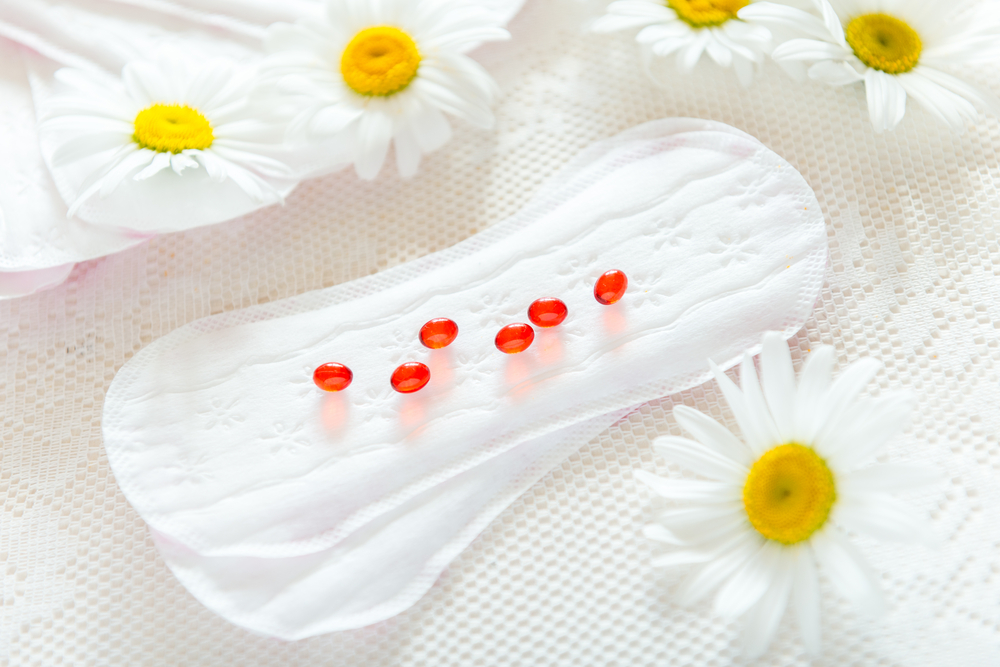Do you remember the frightening stories related to the safety of IUDs (intrauterine devices) shortly after they were introduced many years ago? If so, it’s important that you realize that since that time, the IUD has become one of the best methods of preventing pregnancy. And it now comes with only minimal risk of adverse consequences for most users.
There were two big issues with the early IUDs. One was the incredibly poor design of the Dalkon Shield, which caused a huge increase in the incidence of pelvic inflammatory disease (PID). The second issue was the mistaken belief by many women that all IUD’s caused PID. Now we know that the properly designed intrauterine devices of today don’t cause pelvic inflammatory disease. Instead, the sexual partners you choose, and the infections you may be exposed to, have far more to do with the development of PID.
There has been so much progress in the design of IUDs since those issues 30 or 40 years ago. And back then IUDs may have been more readily prescribed for women who were already at risk for chlamydia, the infection that causes most cases of PID (Pelvic inflammatory disease), such as someone who had multiple partners. Years ago we didn’t have an effective way to test for this infection, so PID got severe before it was detected. Then, the IUD was blamed, not only for the severe infection, but also for the resulting infertility in some women. Today we have tests that determine chlamydia quickly and women can get treated immediately without developing PID.
Your Intrauterine Choices
In an attempt to get past the bad reputation IUDs had years ago, some companies are now referring to their products as IUS or intrauterine systems. These newly designed devices provide a great birth control option for many women who want a convenient, easy method of birth control, especially women who are approaching perimenopause. Good candidates for IUDs are women who are free from infections, who are in a relationship with only one partner, and who have no uterine fibroids. IUDs often are easier to insert for women who have been pregnant at least once.
At the Women to Women clinic, we often suggest the 10-year copper ParaGard IUD and/or the 5-year Mirena IUD. The ParaGard is the IUD we prescribe as a first option for patients who have had blood clots in the past, or have a history of cardiac problems. The Mirena, which releases a synthetic progestin hormone in the uterus, may be a good option, especially if the patient experiences heavy blood flow during menses, and even heavy irregular menses. The Mirena may help in these cases because of the thinning impact is has on the uterine lining.
An IUD provides a wonderful choice for those who are used to the spontaneity that oral birth control offers. After insertion, you can, for the most part, ignore that it’s there. If you think you may be interested in this option, speak to your medical provider for more information and to find out if it’s right for you. If you do decide on an IUD, it’s vital to keep your follow-up appointments.
Another wonderful birth control method we often prescribe is the NuvaRing, a 21-day vaginally inserted device that provides a constant, and specifically measured, very low dose of birth control hormones. Since the hormones are delivered vaginally, your gastrointestinal system and liver do not have to metabolize them first. We’ve discovered the slow and consistent release and the low dose of hormone required make this product an excellent alternative to oral birth control for patients who have troubling side effects such as hormonal headaches. Another benefit some users notice with the NuvaRing is that vaginal dryness, common with oral birth control, is not as problematic. The only issue some women complain about is that they don’t like having to insert something in their vagina, but most women can overcome this and love this method.
Alternative Non-Hormonal Choices
Condoms and diaphragms are technically known by the term “barrier methods.” The “Today Sponge,” another barrier method, is also back on the market. This is good news for those who loved its convenience and were upset when it disappeared. The Sponge has been FDA-approved since the early spring of 2005. All of these barrier methods are fairly trustworthy ways of preventing pregnancy and they don’t rely on the use of hormones.
For women who have either decided against having children, or have as many as they want, surgical interventions for her, or her partner, remain a choice. A woman may have her fallopian tubes surgically “tied,” in a procedure known as a tubal ligation, thus preventing pregnancy. Her male partner may choose to undergo a surgical procedure known as a vasectomy.
The Choice is Up To You
Birth control isn’t always an easy matter. There are many factors to be considered when a woman is deciding which method of birth control is right for her. At MarcellePick.com, our goal is to help women find the method that suits them the best. Every person is a unique individual with her own needs, so it’s best to look at all the factors and find the one that fits you best.







